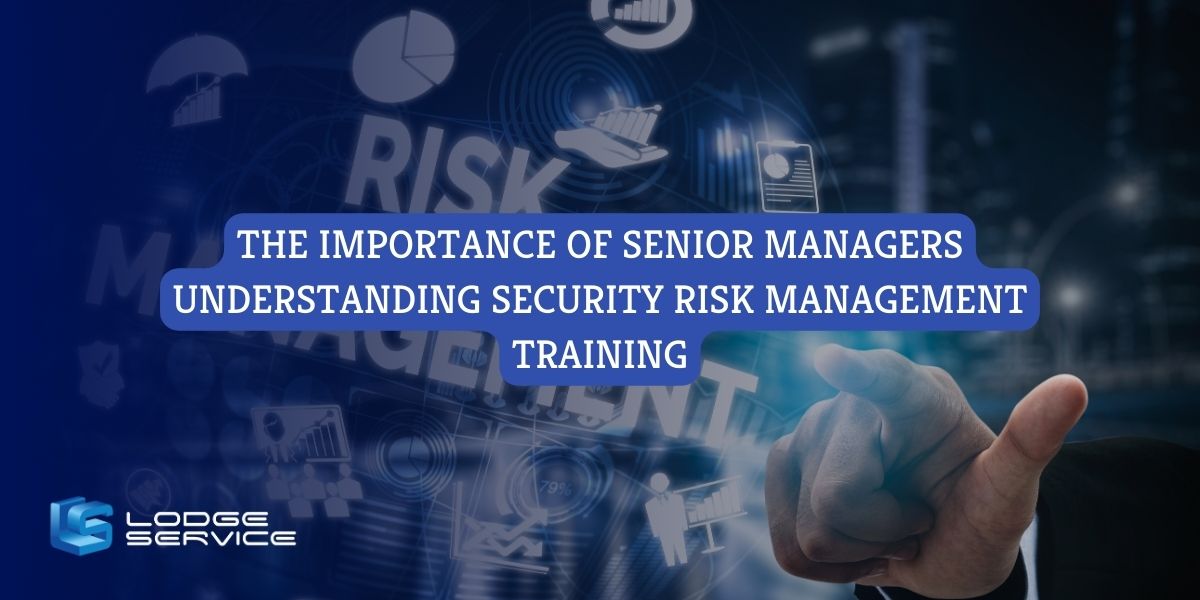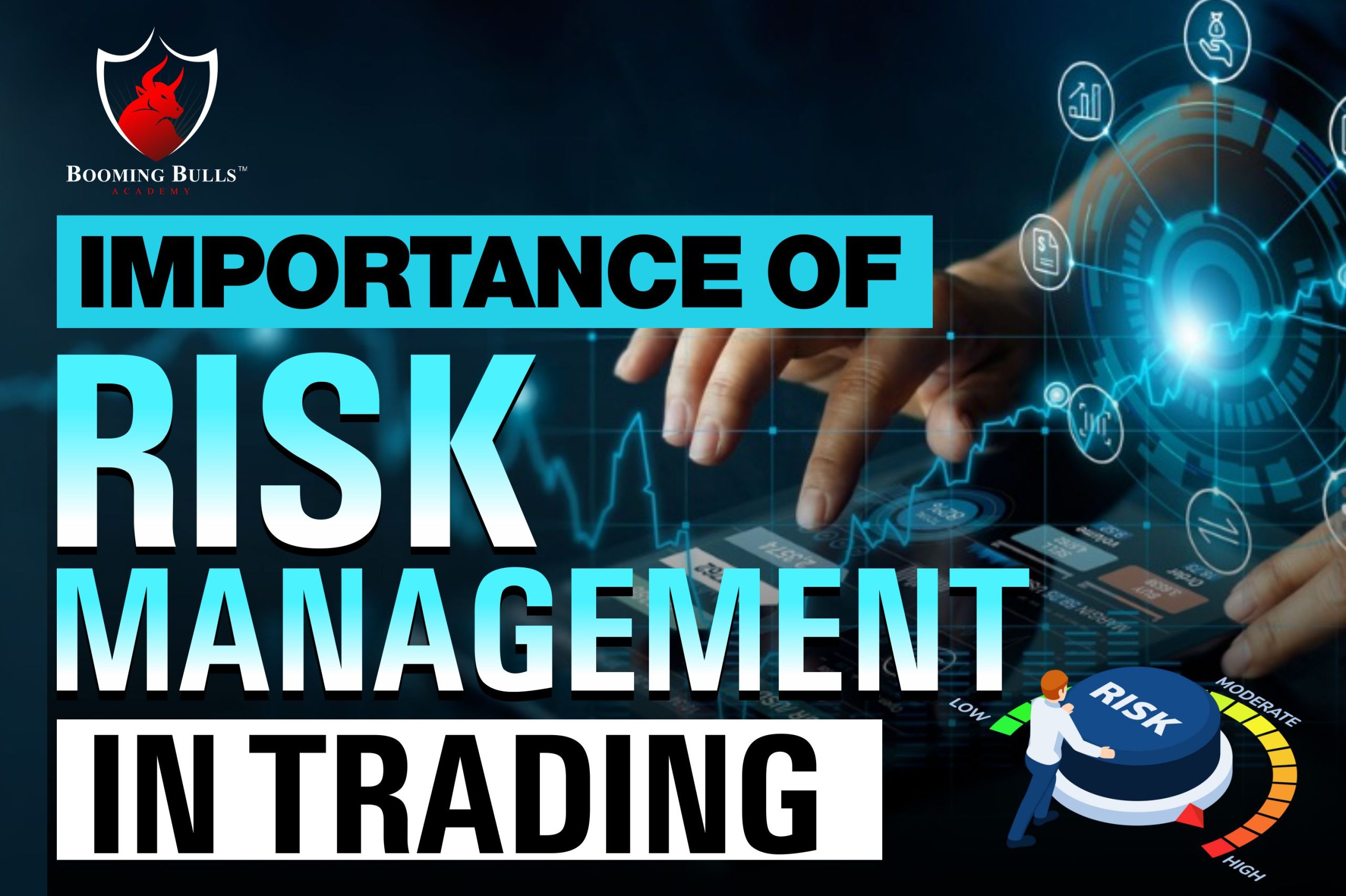Understanding the Significance of Risk Management in Current Business Practices
Understanding the Significance of Risk Management in Current Business Practices
Blog Article
The Relevance of Recognizing the Relevance of Risk Management in Different Industries

The Core Concept of Risk Management and Its Function
Risk Management, the cornerstone of lots of industries, rests on the identification, analysis, and mitigation of uncertainties in a business environment. It is an indispensable technique that allows organizations to secure their properties, credibility, and general survival. By appropriately identifying prospective threats, companies can create strategies to either stop these risks from happening or reduce their impact. The evaluation process includes evaluating the probability and potential intensity of these dangers. As soon as threats have actually been recognized and evaluated, the mitigation procedure entails devising strategies to reduce their potential impact. This procedure is continuous and cyclical, guaranteeing that services are gotten ready for the ever-changing nature of Risk in different sectors. The key objective, therefore, is to foster resilience among uncertainties.
Advantages of Carrying Out Risk Management in Business Procedures

Introducing the Role of Risk Management in Different Industries
While every industry confronts its unique collection of threats, the execution of Risk Management methods stays a typical denominator in their quest of sustainability and growth. In the healthcare industry, Risk Management requires ensuring client security and data security, while in finance, it involves mitigating investment dangers and making sure governing conformity. Eventually, the duty of Risk Management throughout markets is to identify, assess, and mitigate threats.
Real-life Instance Research Studies Demonstrating Effective Risk Management
To recognize the significance of Risk Management in these many markets, one can look to several real-life instances that show the effective application of my latest blog post these steps. Toyota, upload the 2011 earthquake in Japan, modified its supply chain Management to minimize disturbance risks. These situations demonstrate how markets, learning from crises, successfully used Risk Management strategies to decrease future dangers.
Future Fads and Developments in Risk Management Methods
As the world remains to progress, so also do the trends and growths in Risk Management methods. Quick improvements in modern technology and information analytics are improving the Risk landscape. Large information and AI are currently instrumental in predicting and minimizing risks. Organizations are leveraging these tools to build predictive designs and make data-driven choices. Cybersecurity, once a peripheral concern, has catapulted to the leading edge of Risk Management, with methods concentrating on prevention, action, and discovery. The assimilation of ESG (Environmental, Social, Governance) factors into Risk Management is an additional growing fad, showing the increasing acknowledgment of the role that social and environmental threats play in business sustainability. Hence, the future of Risk Management hinges on the combination of advanced modern technology, ingenious methods, and an alternative method.
Verdict
In conclusion, comprehending the value of Risk Management across a range of industries is vital for their durability and prosperity. Ultimately, effective Risk Management contributes to a lot more lasting and resistant try this web-site services, highlighting the relevance of this practice in today's very affordable and vibrant business environment.
While every industry challenges its one-of-a-kind collection of dangers, the application of Risk Management techniques remains a typical denominator in their quest of sustainability and development. In the health care industry, Risk Management entails guaranteeing read the article patient safety and security and information protection, while in financing, it includes mitigating financial investment dangers and guaranteeing regulatory conformity. Eventually, the function of Risk Management across sectors is to recognize, examine, and alleviate dangers. These situations show exactly how industries, learning from crises, successfully used Risk Management methods to reduce future dangers.

Report this page